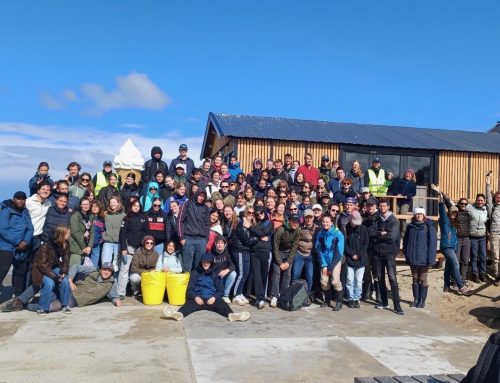How do you monitor 560 km² of dynamic coastal dunes without spending months in the field?
Our new study – Led by Eva Lansu – shows that deep learning can help. By combining multispectral aerial imagery and elevation data, she trained a model that predicts dune habitats — from bare sand to shrubs and trees — with 95% accuracy. Using this, she mapped the entire Dutch dune system (562 km²) at 25 cm resolution.
This approach makes it possible to monitor coastal ecosystems efficiently and consistently at a national scale — essential for managing biodiversity and dune resilience in a changing climate.
The work was an interdisciplinary collaboration between remote sensing, ecology, and AI experts. If you’re working on ecosystem monitoring, conservation planning, or scalable mapping, connect and exchange ideas.
article link: https://doi.org/10.1016/j.ecoinf.2025.103444
Eva Lansu, Tjisse Van der Heide, Valérie Reijers #Freek Daniels, Rebecca James NIOZ Royal Netherlands Institute for Sea Research Wageningen Environmental Research


